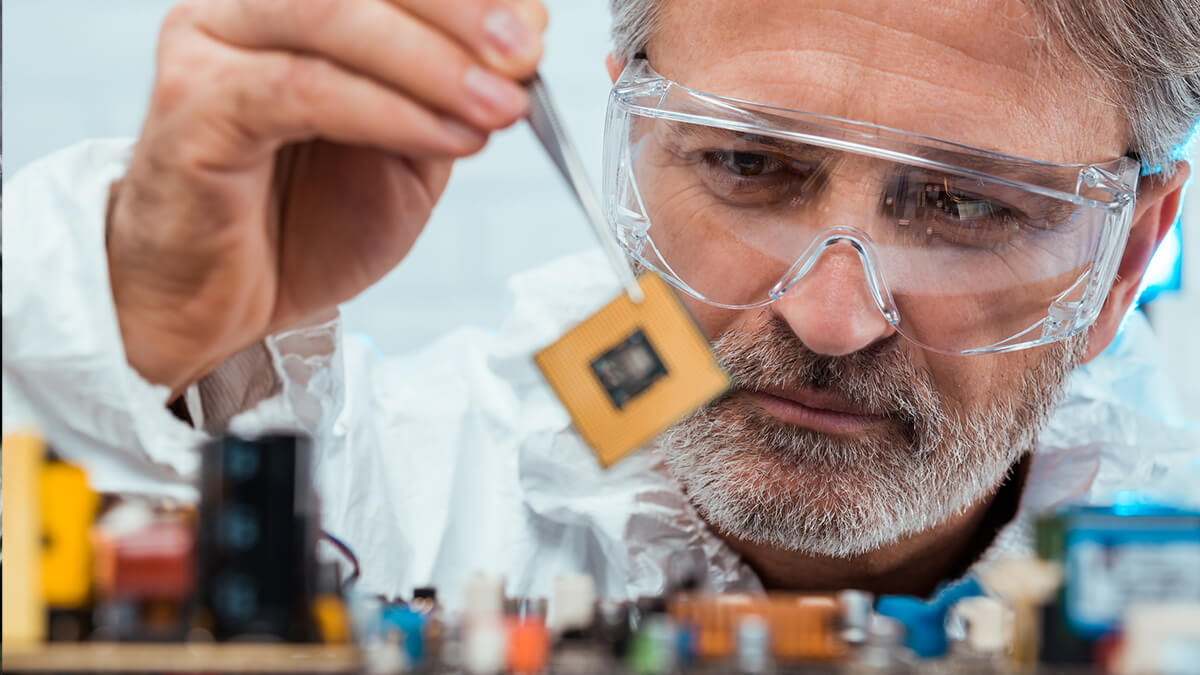In healthcare, 3D bioprinting is used to create living human cells or tissue for use in regenerative medicine and tissue engineering.
Use of 3D Printing to fight the Covid-19 pandemic
The rapid proliferation of Covid-19 has been putting great strain on healthcare systems across the world, with demand for critical medical equipment and supplies mounting. Major manufacturers to individuals, have responded to the Covid-19 crisis by supporting the production of vital medical equipment for hospitals. 3D Systems, Carbon, and Renishaw have begun designing and manufacturing open-source PPE for healthcare workers worldwide.
Use of 3D Printing in regenerative medicine
There is a major health crisis in terms of the shortage of organs, as the population is living for longer due to medical advances. Since 2013, the number of patients requiring an organ has doubled, while the actual number of available donor organs has barely moved (HRSA, 2020).
Regenerative medicine involves many different areas, using scaffolds, biomaterials, cells, or a combination of biomaterials and cells to attempt to create organs for transplants instead of relying on the current donor model. Recently, the creation of multilayered objects (tissues/organs) from soft biomaterials such as living cells and biomimetic synthetic polymers has been the most challenging technological advancement in the field.
Although many problems need to be solved for complex organs (such as the heart or liver) to be 3D bioprinted and subsequently transplanted into a patient, simple organs such as the bladder have been transplanted into patients since the early 2000s.
Use of 3D Printing in personalised/ precision medicine
3D printing offers a completely new opportunity for the development and preparation of personalised medicines at both the pharmacy and industrial scale. Introducing 3D printers to pharmacies and hospitals would allow physicians, nurses, and pharmacists to form a dose and delivery system based on the patient’s body size, age, lifestyle, and sex. This would make medicine personal to the patient, and also save money and resources.
Streamlined and more efficient R&D processes
There is a growing R&D crisis occurring in the pharmaceutical industry, as drugs are failing at later and later stages. Bioprinted tissues and organs are already being used to help increase the success rate of clinical trials. With bioprinting, researchers can print fully functional organs made of human cells to test a drug’s efficacy prior to using in vivo animal or human tests. This not only reduces the damage caused to animals, but also expedites the entire R&D process.
Accessibility
Pharmaceutical R&D and production is expensive. In many Western countries, the cost is supplemented in some way by the government, but in other areas worldwide, particularly poverty-stricken countries, there is simply no viable way for these patients to afford treatment. Additive manufacturing promises to bridge that divide.
Prosthetics have historically been expensive. Certain organisations have been designing prosthetics that can be 3D printed from commercially available, affordable desktop printers.
Diagnosis and medical training
3D printing of models affords further insights into pathological changes, as well as a visualization of patient-specific organ anatomy. The education and surgical planning fields are two of the heaviest investors in 3D printing for the healthcare industry.
Leveraging additive manufacturing as a pre-operative planning tool has shown extremely promising results. The influx of organs required for transplant, particularly livers and kidneys, together with the scarcity of cadavers is increasing the need to use organs from healthy donors.
The aging population and rise of chronic diseases
Chronic conditions that are associated with later life, such as cancer, diabetes, arthritis, cardiovascular (CV) disease, Alzheimer’s disease, and Parkinson’s disease, are a challenge to healthcare systems.
According to the World Health Organization (WHO), there is a disproportionately greater prevalence of chronic, debilitating, and difficult-to-treat diseases in the elderly population. Cancer and CV disease occur more frequently in ages 70–75 years old, 80% of circulatory diseases occur in ages over 65 years, and the risk of developing dementia increases significantly after age 60 years (WHO, 1998).
There is a need for new treatments with reduced side effects and improved quality of life (QoL), leading to improved patient outcomes, reduced burden on primary care, and reduced hospitalisations. In addition, the aging population is leading to an increased demand for orthopaedic implants, and for spinal fusions.
Removing the need for animal testing
Traditionally, most new drugs, vaccines, and cosmetics undergo testing on animal models to ensure their efficacy and safety before human testing begins. These animals are typically specifically bred for testing and euthanised once the experiment has concluded.
3D bioprinting offers the potential to create functional, living, 3D human tissues of particular organs. These 3D tissues provide much more accurate mimicry to reality, resulting in much more predictive results for drug candidates, thereby reducing late-stage failures. Together with organ-on-chip devices, bioprinting is being implemented to create more robust in vitro models.
Partnerships
Since 2018, a large number of partnerships in 3D printing have been formed in the healthcare space to drive technology advancements and R&D. These include collaborations between other 3D printing companies, the biopharmaceutical industry, research institutes, and universities.




.jpg)









